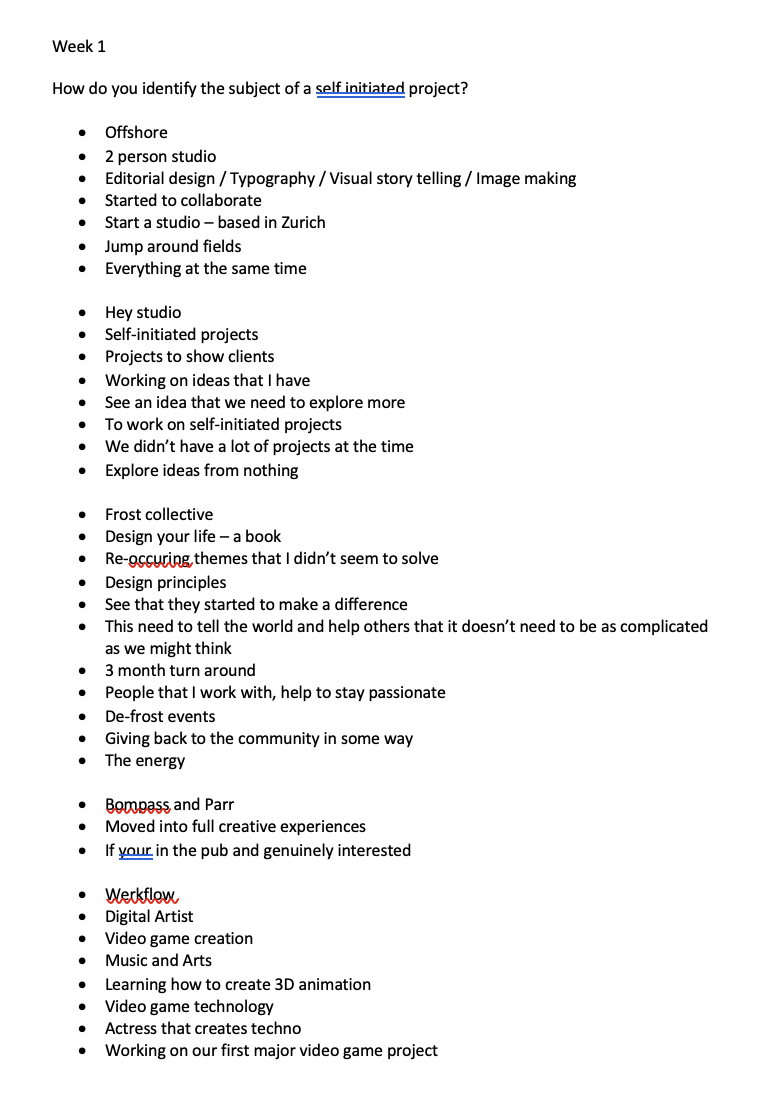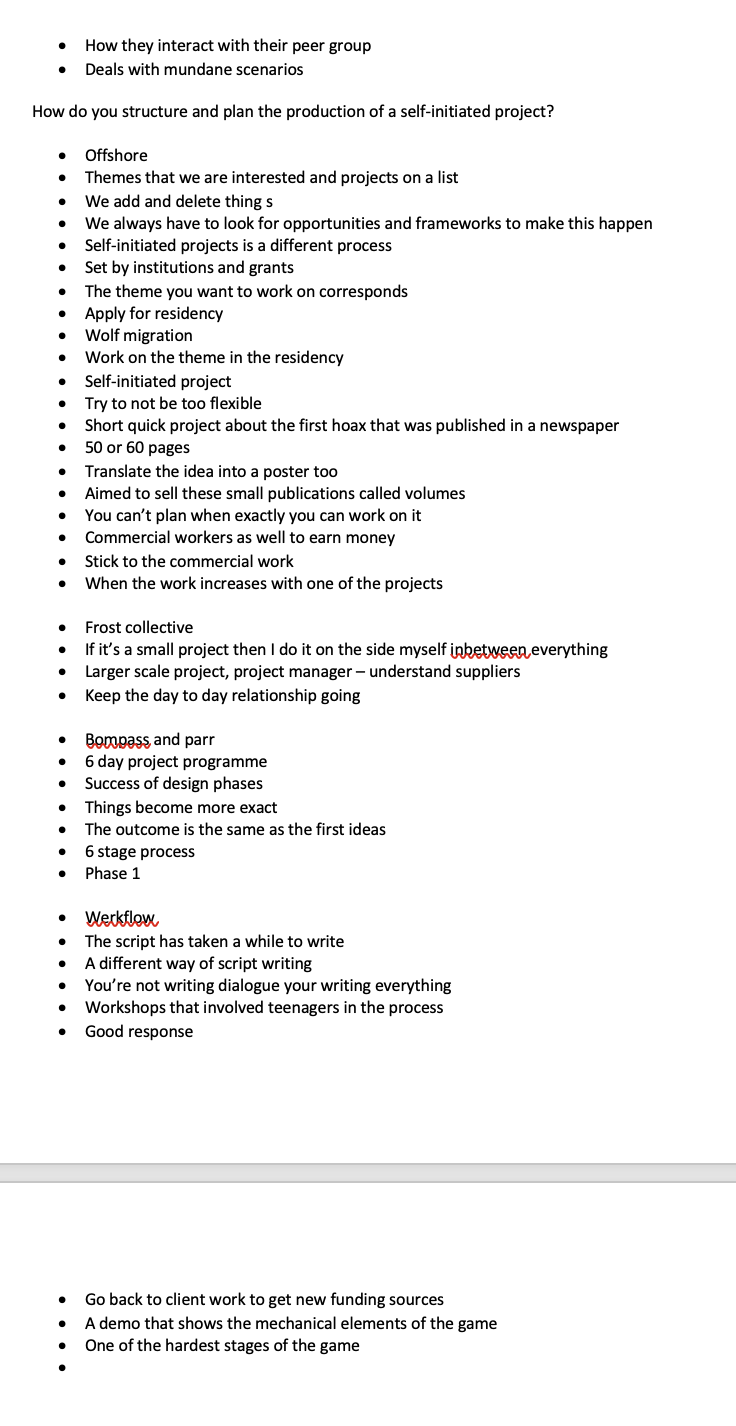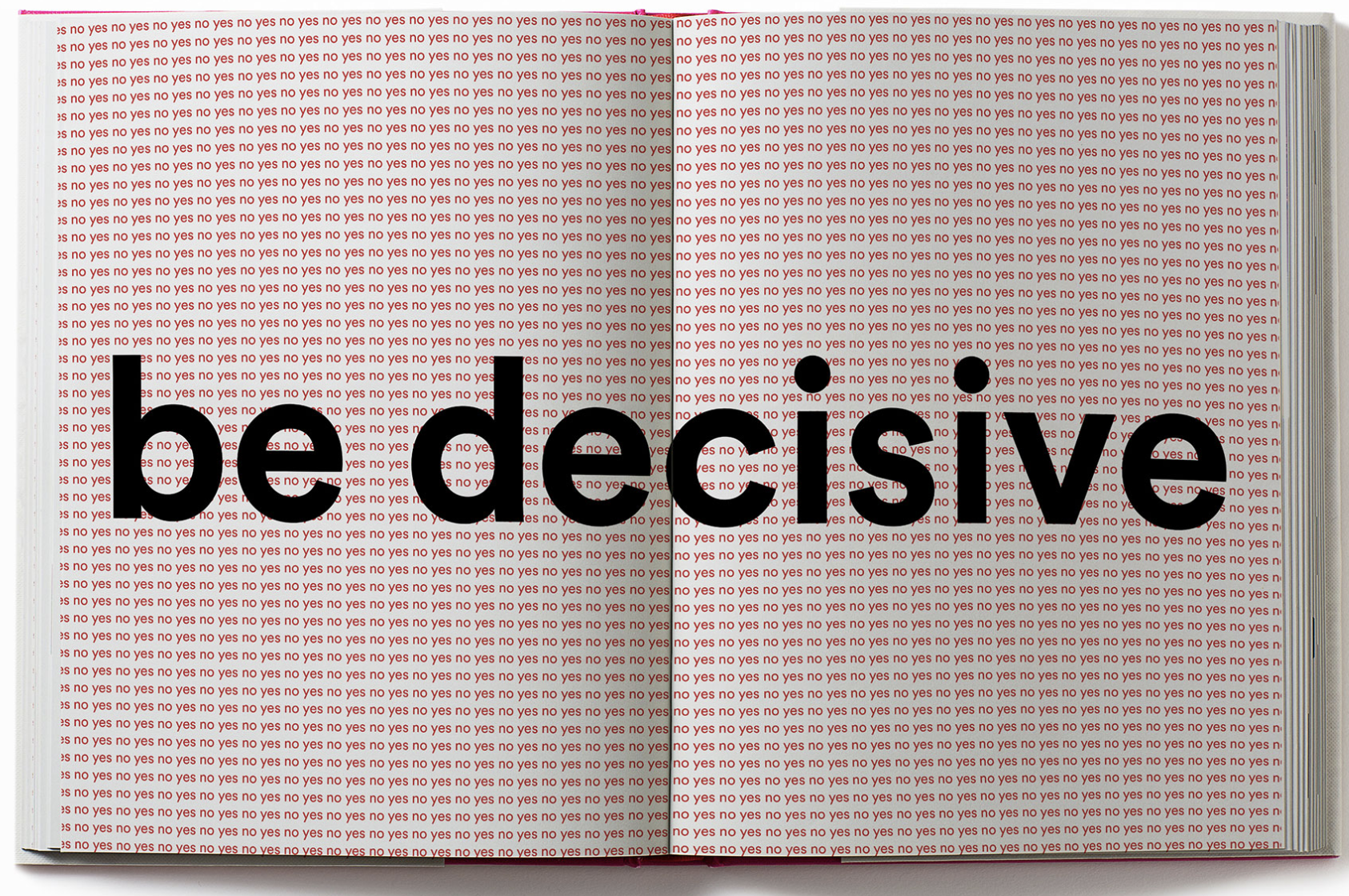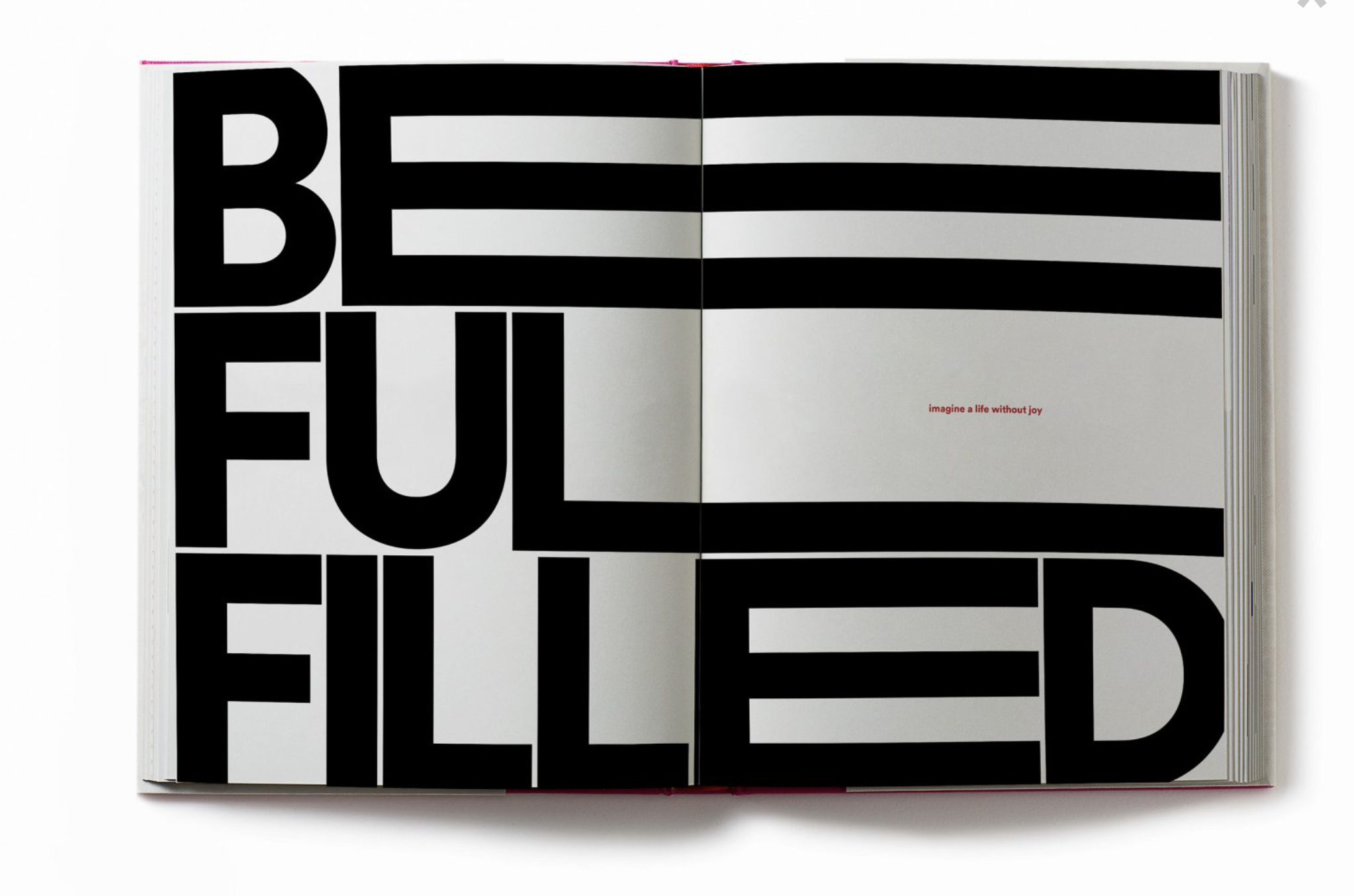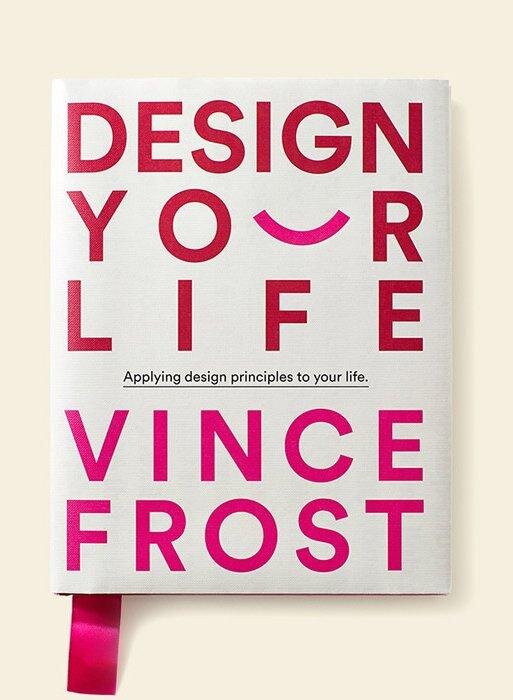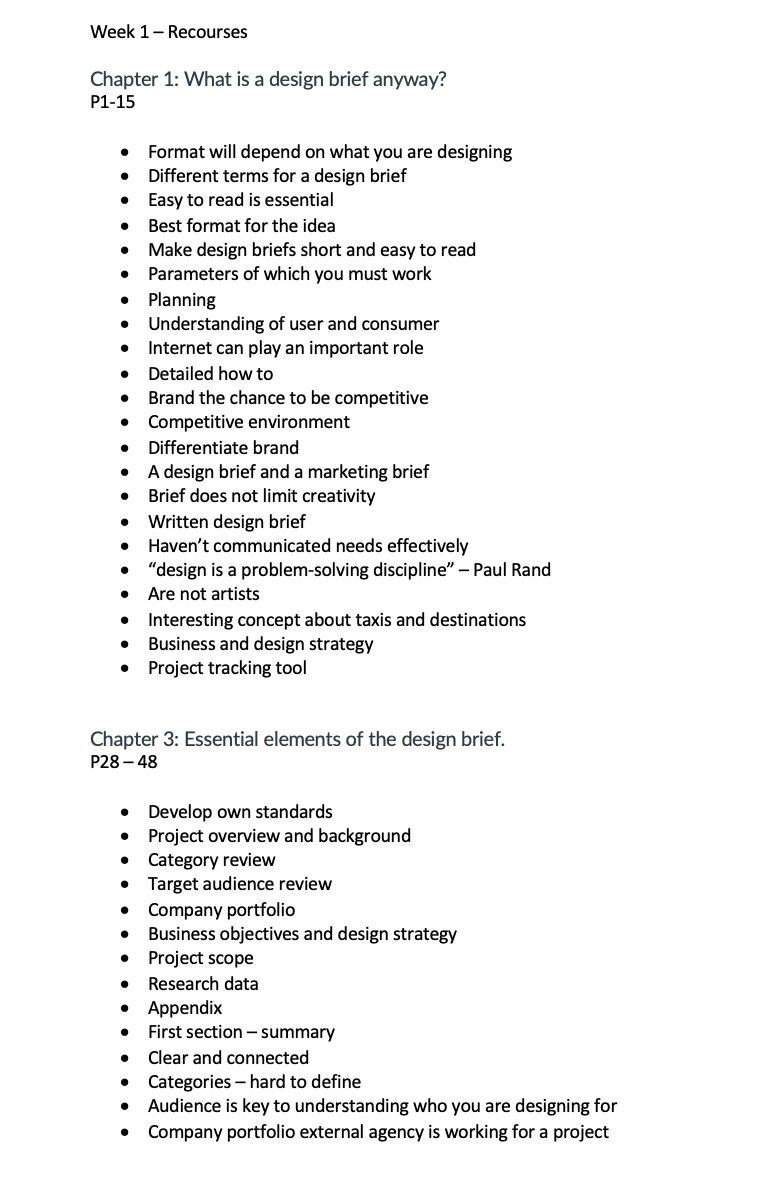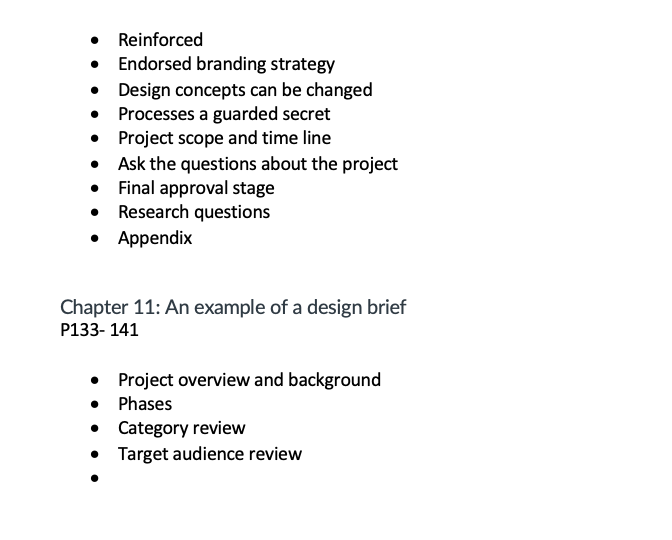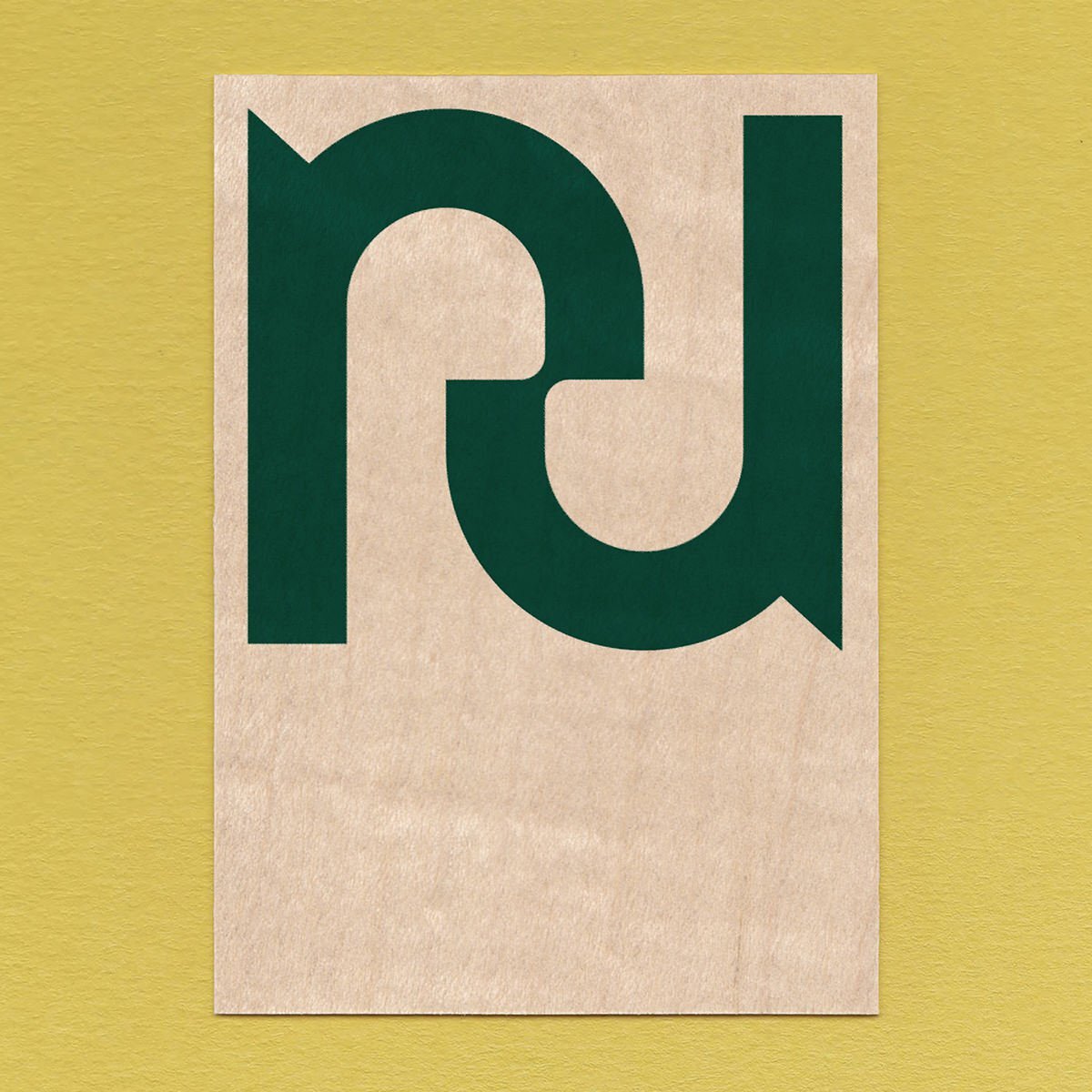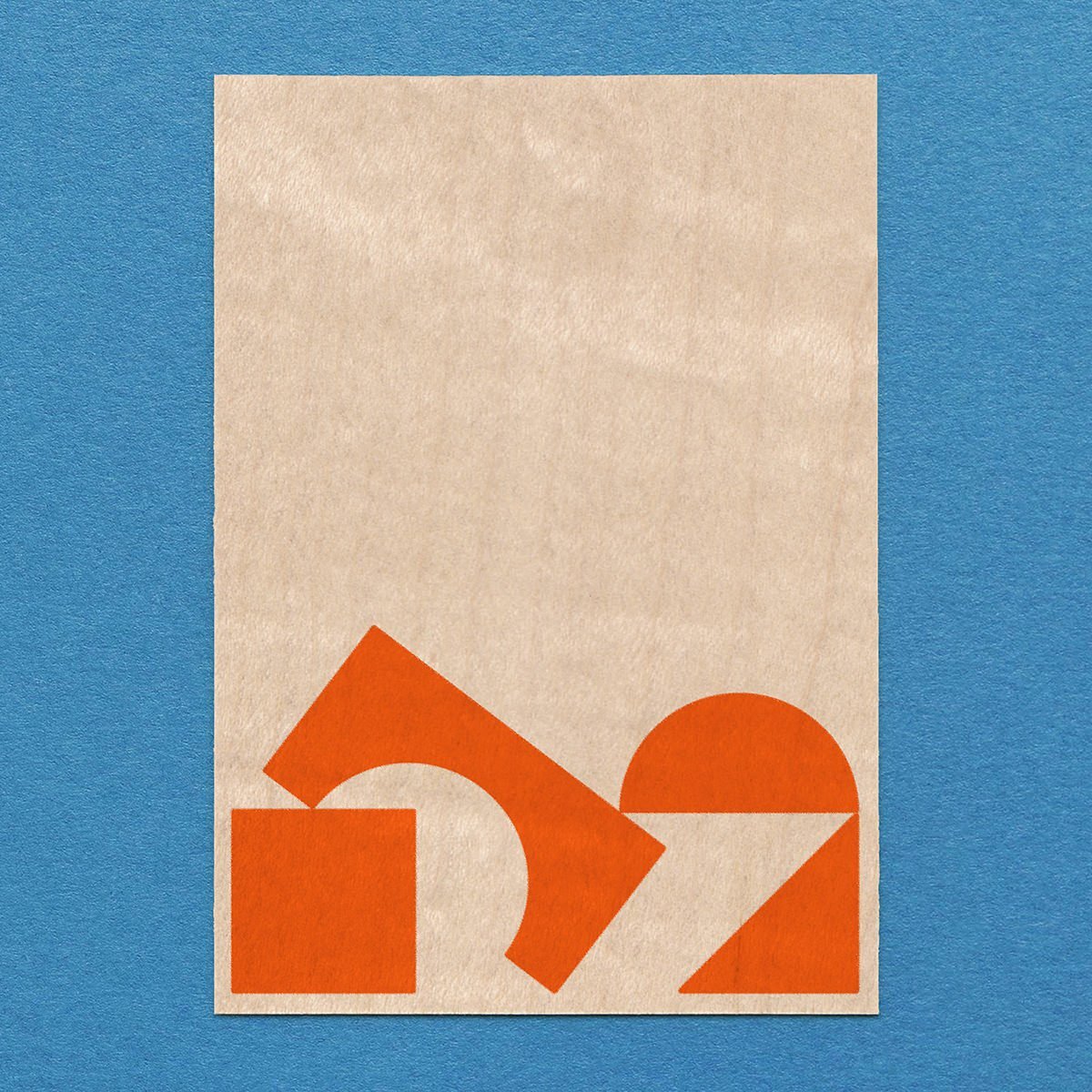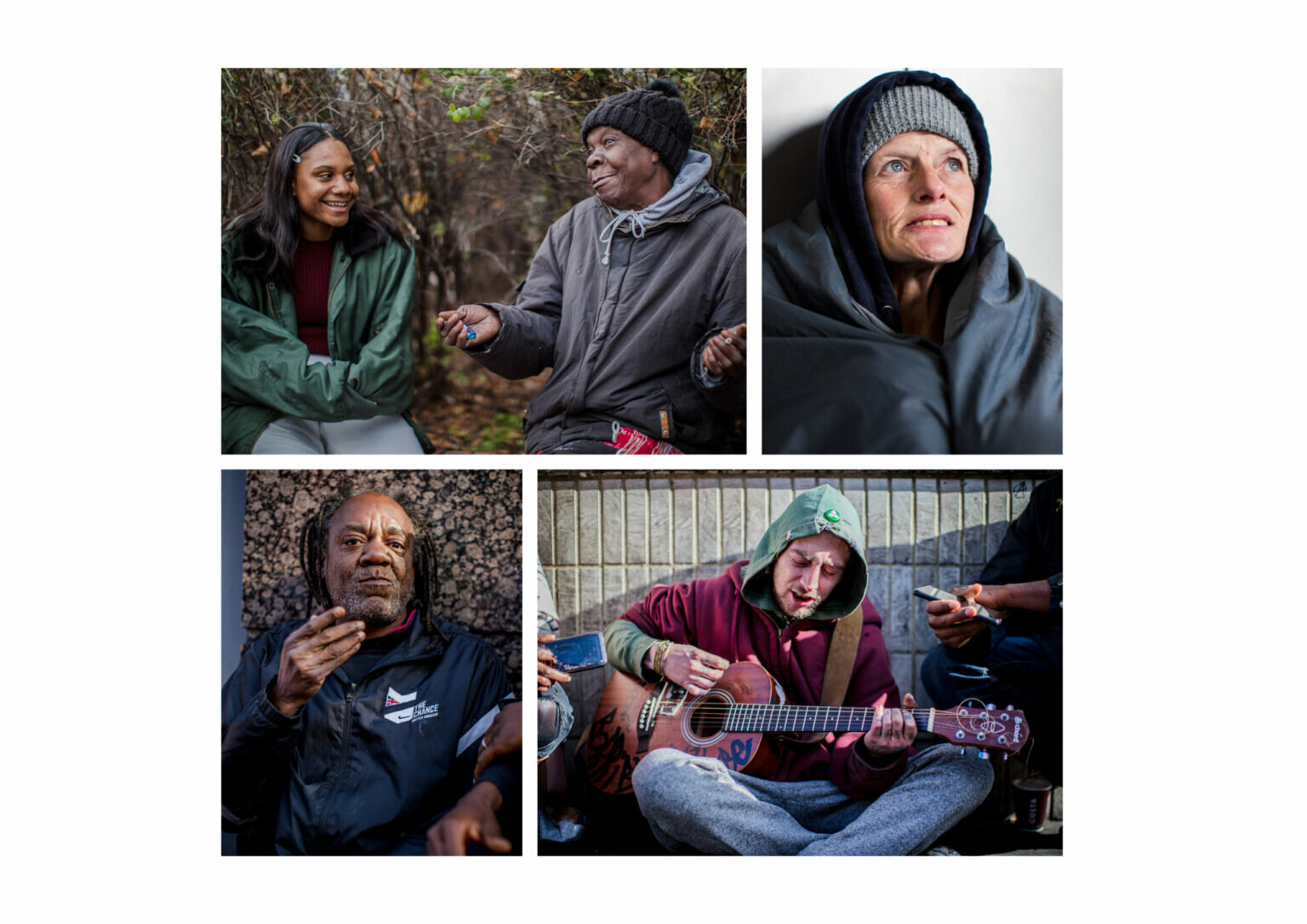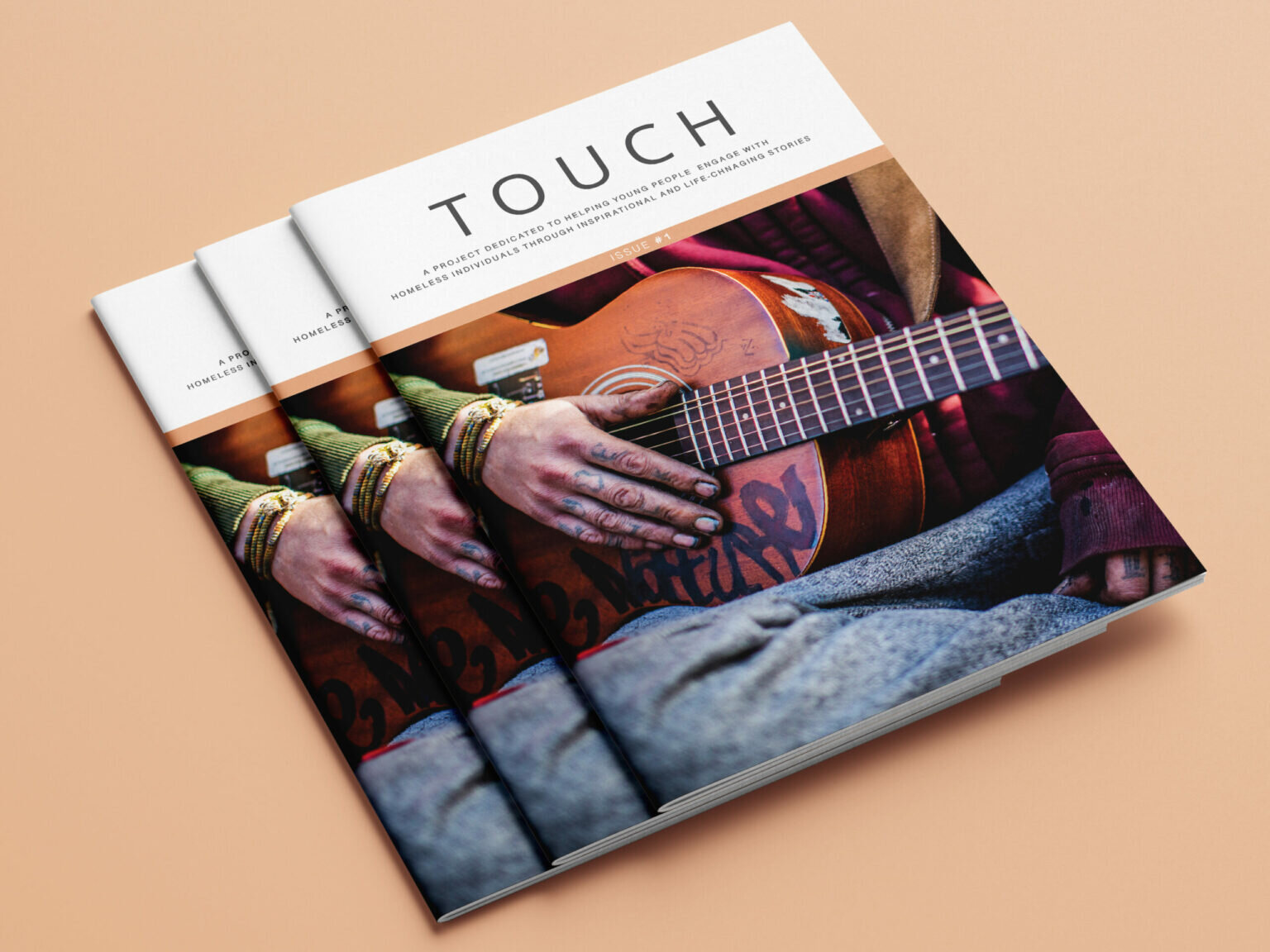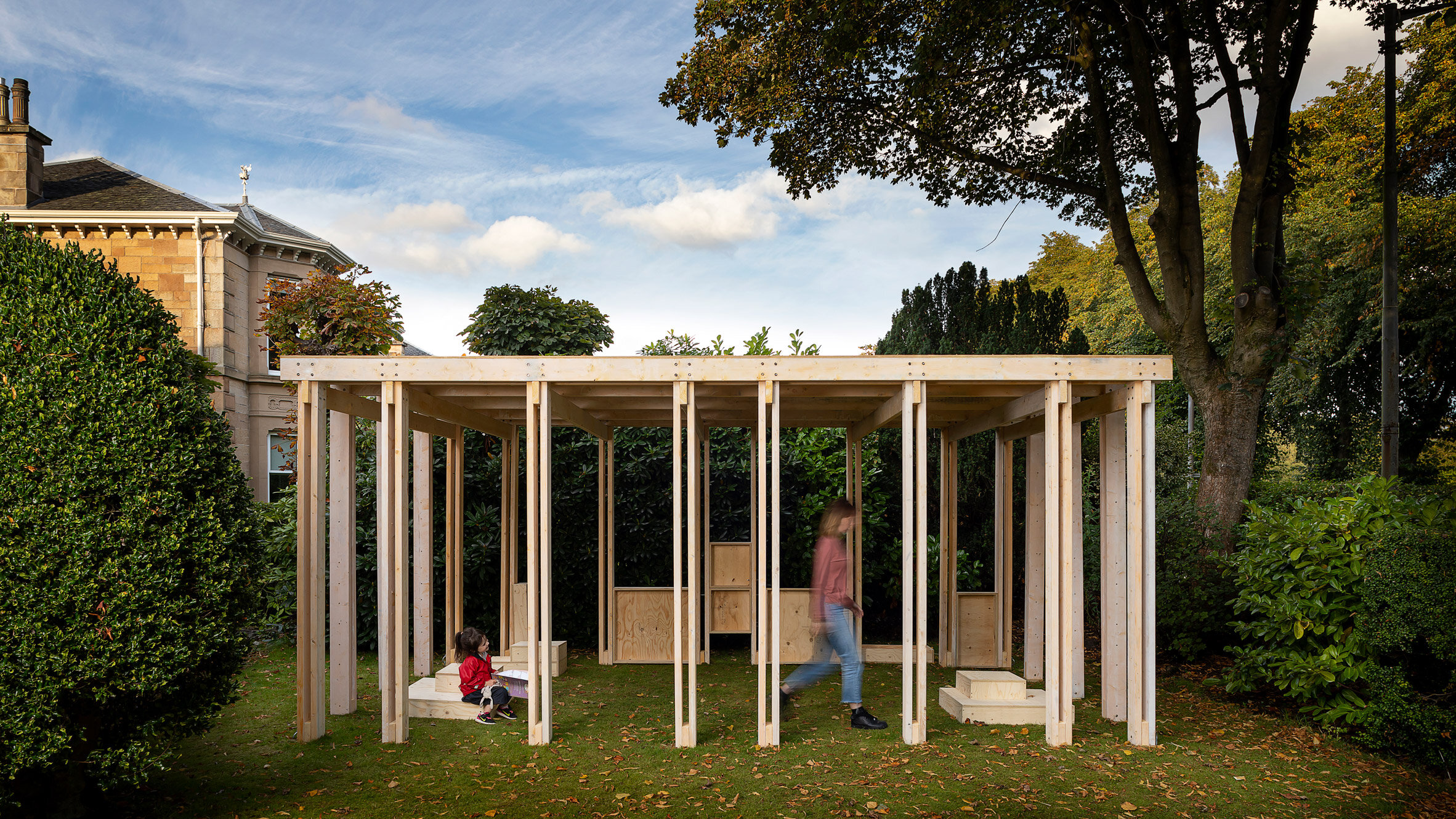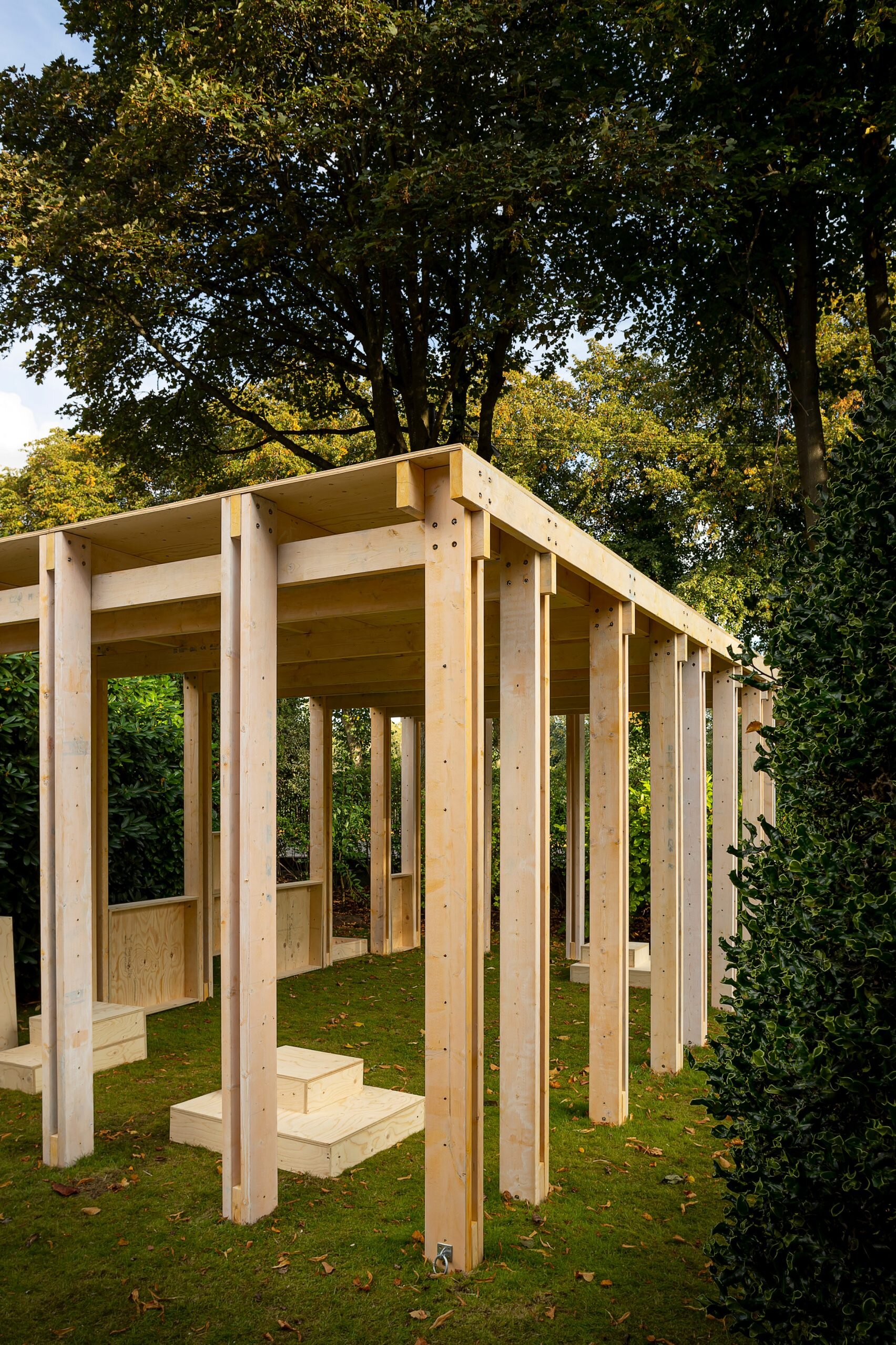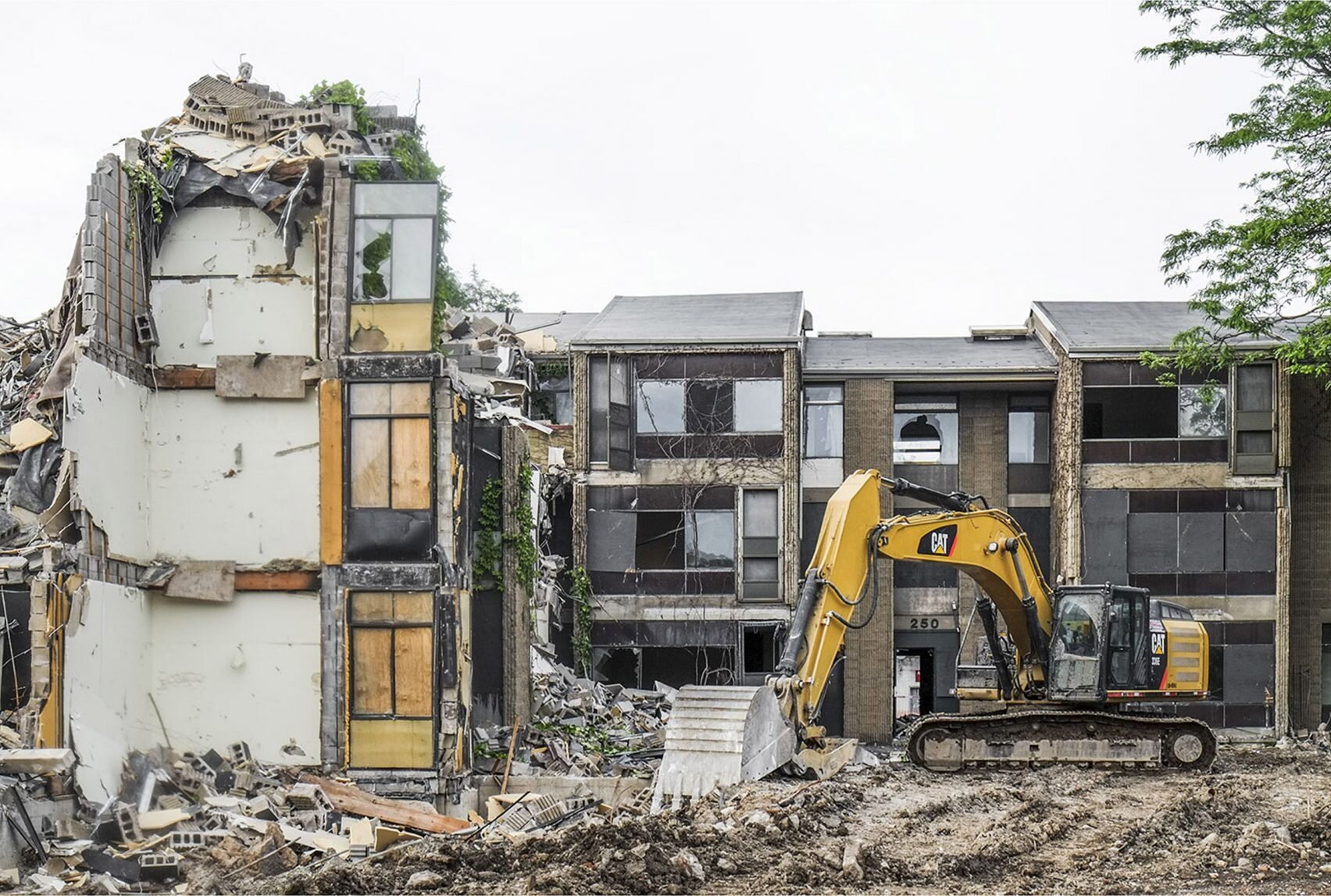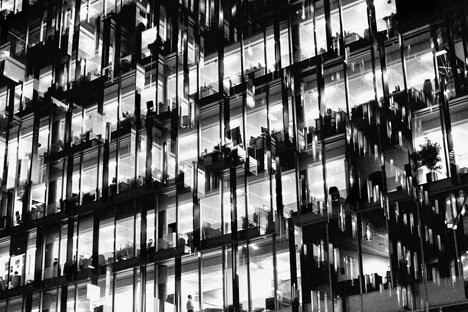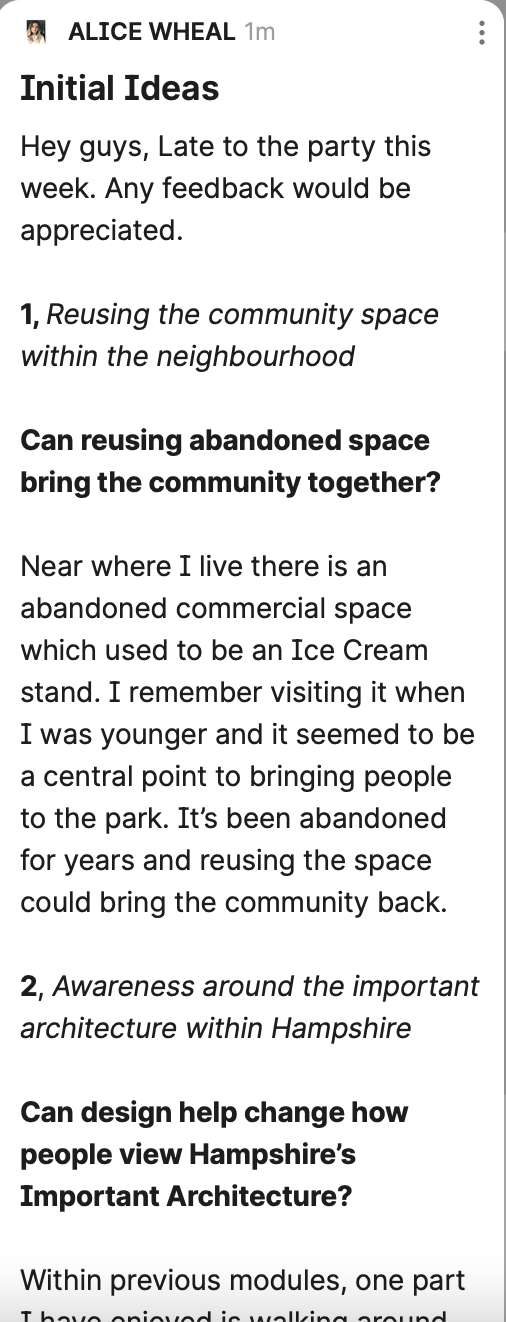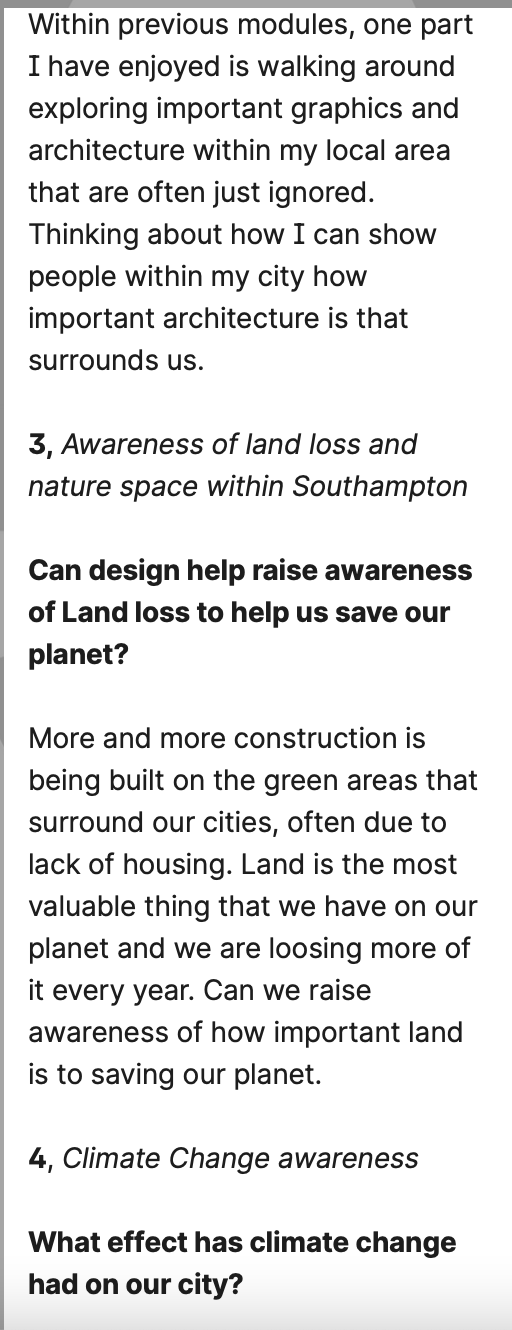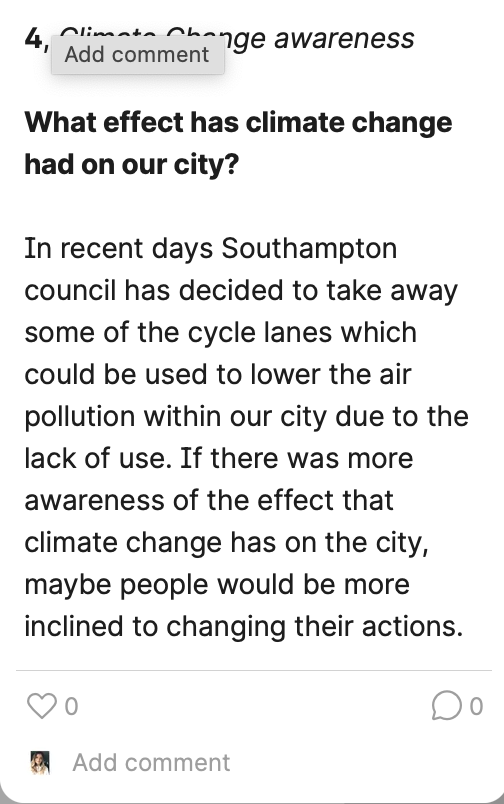Week One
Lecture Notes
Lecture Summary
Within this weeks lecture, I was really taken by all the designers experiences when thinking of the subject of self initiated projects. In particular, Frost collective who looked at how he could take the design process and use this to improve certain aspects of his life. The design principles of why he wrote a book was really true to my own values as a designer, to help others as well as giving back to the community. As well as this I was also interested in the Bompass Parr structure to a self initiated project of the 6 stage project programme, which i assume is similar to other design processes that allow the design to become more exact.
https://www.frostcollective.com.au/talks-podcasts/design-your-life-the-book/
Resource Notes
Resource Summary
The resource this week was super helpful in making it clear what was needed for a design brief. I was really interested by the examples that were made around the taxi from the airport, looking at how as designers we are often assumed the easy route but we should not often take it. I think this showed how we should be looking at all the options before making a decision. The main things that are needed for a design brief see to be:
Project overview and background
Category review
Target audience review
Company Review
Business objectives and design strategy
Project Scope
Research Data
Appendix
“design is a problem-solving discipline” – Paul Rand
Research
After the lecture this week, I wanted to look at how designers suggest coming up with self initiated project ideas as well as examples of self initiated projects.
Idea Generation
&Walsh
https://andwalsh.com/articles/all/creating-self-initiated-projects/
Having previously touched on this article before, I thought this was a great example to use for this weeks project of thinking about self initiated ideas. Walsh goes through the steps which I thought would be helpful for me to recap for this week;
Step One: Coming up with ideas:
Within this Walsh talks about how freeing it is when you dont have to work to a set of parameters and coming up with your own ideas can be endless. She suggests having a shit list of things that drive you mad. Which I also tried in a previous module but could be a starting point for this week.
Step Two: What you can do?
Within this step she talks about asking yourself why, is there a way you can tackle these problems. Hone in on the ideas that are feasible. Think about what it is with this weeks project and how you are able to solve this in a very short period of time.
Step three: Create a plan
Make sure that you have a deadline, which will enable you to get the work done. This will also allow the push for the final result and the motivation to get going.
Step four: Set some rules that will give you the basis of what you are wanting to do. This will make you accoutable
Step five: Develop a unique style that is different.
This article then goes on to making sure that you get your work noticed but for this weeks workshop challenge I didn’t think that this was needed. I felt this article was really helpful in laying out steps that I can use for idea generation.
Mamimu
This article by tokyo creatives looks at why you should do a self initiated project and I was hoping this would allow me to gain some clarity and focal points for my research.
The article outlines points of why you should do a self initiated project which include; dream project, forming better business relationships, nurturing the creative soul, creative muscles and it being the next big thing. All of which I could agree with. One of the points mentions about how emotional connection is the key to everything, which is one of the reasons he created a comedy event that allows for destressing within the workplace which ended up going to be a TV show for all to enjoy.
Emma Carpenter
I also fell upon this article by Carpenter, who is a creative, who talks about ways to generate creative ideas as this is a point where I really struggle.
Step One: Write down your interests
Think about why you like certain tings and how you could look at them differently. An example that Carpenter mentions within her post is her redesign for parkrun maps, to show everyone has different ability and to reflect how happy she is when she takes part.
Step Two: Make a mindmap.
This talks about how it allows you to explore different approaches and how they could be changed and addressed or even merged.
Step Three: Try work association
Think about words to feelings that come up when you think about certain projects.
Step Four: Carry a note book
Make a note of the things that make you laugh, the questions that you ask yourself, interesting shapes or combinations
Step Five: Have an idea swap with friends
This is another one that I hadn’t thought about before, Often when talking to someone else about your ideas it can spark other ideas or even develop your own ideas.
Self initiated projects
After researching how to generate ideas and why it is important to undertake self initiated projects. I wanted to look at some of the examples of the area that I was interested in exploring for this weeks workshop Challenge which is a mix of architecture / spacial design and graphic design. All of the following projects are self initiated ideas which stemmed into something more:
Graphic design:
Kiros Chu
https://www.itsnicethat.com/articles/kiros-chu-random-glyphs-graphic-design-060121
Within this article, Chu talks about how after his day with freelance projects he starts his self initated projects to stretch the creative muscles or to try and look at different ideas. One of the products of the 36 days of type challenge was how Chu experimented with Illustrative type design that explored creating different letters. After deciding on one letter the other letters came out similar. Chu wanted to create something that was different but also brought a smile to peoples faces. I love the outcome of this project of how it started of looking at something so small that became this outcome of something colourful and interesting.
Kieron Lewis
https://ternheads.com/the-power-of-self-initiated-projects/ https://issuu.com/kieronanthonylewis/docs/touch_magazine_issuu
Lewis does a lot of self initiated projects as a graphic designer but one of them is this homeless magazine called Touch. The idea started by talking to a mutual friend about wanting to create a magazine that changed the narrative around homelessness but also educated the young at the same time. The first issue was of london and Lewis speaks about how his sister went around to talk to homeless people and collect stories which allowed a deeper and eye opening understanding of the real homeless community. I feel this is such a moving project that came from a mutual need that allows others to be educated in a similar way.
Architecture:
Lowline
http://thelowline.org/about/project/
Lowline was a self initiated project that was imagined by James Ramsey and Dan Barasch after realising the potential for an abandoned subway system which they called the underground park. After realising the potential for this project, they started a kickstarted campaign which allowed them to start planning and understanding the site. Although it hasn’t yet been completed, operations will continue in the years to come. As an architecture project, Ramsey and Barasch realised the potential of reusing a space of the underground to rehouse a playground for children which would bring life to new Yorkers. This is an inspirational project and I look forward to seeing it completed in the future.
Community Classroom
https://www.dezeen.com/2020/04/12/community-classroom-odonnellbrown-outdoor-learning/
Another project that involved the community was this one Glasgow studio O'DonnellBrown who designed open air classrooms for all to use. It is a wooden structure to encourage both adults and children to reconnect with nature. They came up with the idea after completing their own studio, the greenhouse, realising how important wellbeing was. I admire this project and the community involvement that they have achieved. Started by realising the impact that this could have on the community and how they would use it after covid-19. I feel every community would benefit from this space.
Assemble
Although no particular project, I wanted to just note how assemble choose the projects that they work on in a self initated way. Within an article with design week, Paloma Strelitz and James Binning talk about their projects and how the team works. Within the interview, they speak about why they are so interested in self initated projects as its a traditional tender process. Strelitz says “ the architect comes to the table too late, when all the critical decisions have been made – there’s then very little scope within that to revaluate some of them and ask more critical questions. The ability to have conversations with people informally and develop projects incrementally means you’re able to be much more responsive to their real needs and desires.”
Binning also talks about how they get the work that they are interested in, if they get an offer of a pitch and two people are interested within the office theyll take it on. Binning talks about how, “ There’s a discussion about whether they have the time and capacity, but if people are interested in it, then they can do it. It gives us flexibility to do things like teaching or taking on other work that’s contributes to the practice in terms of broader research. It enables us to pursue different things to benefit the group.”
This approach from assemble is very unconventional as they are focused a lot more on the build or creativity and the users need rather than the clients need. I feel this is a much more sustainable way of looking at projects and seeing what works for them.
Workshop Challenge
Review the subjects, research and outputs you generated during the GDE710 Contemporary Practice module. Make notes about the topics that interest you and consider the characteristics of your personal interests, identity and experiences.
Write a short description to outline four potential self-initiated project ideas (up to 100 words per project idea) and add these notes to your blog.
Select one self-initiated project and post an overview to the Ideas Wall, to encourage discussion and feedback.
Write a brief for your self-initiated project and upload it to your blog. Your brief should include the following:
The project question – Think of your self-initiated graphic design project as a question, that you will answer and respond to over the next four weeks.
Aim, objective and critical context – Write a short summary to outline the intent of your self-initiated project and clarify what you plan to achieve.
Audience – Take time to identify and refine a specific target audience, as this will help focus your project.
Anticipated final outcome – Consider a final outcome that is appropriate to your target audience
Previous Module
Within the previous module there were 3 projects in particular that stood out for me and that I feel I could pursue more within this project.
https://alice.whe.al/gde710/week-5
The first project is the Week 5, where we had to create a line drawing and I chose to create it on the creative process and how architects came up with ideas and idea generation. I focussed a lot of my research on how the brain came up with ideas and creativity which included researching Bjarke Ingels, who is a well known architect, the following quote is from my weekly summary: “that we don’t have to listen to the ‘norm’ and getting out the box is truly thinking that anything can be brought to life, whether we think the idea is too futuristic or not, our designs deserve to be given life.” I feel this is an area that I could do more research into about how different designers process their work.
The second project is Week 9, where we had to use one word to describe the city that we lived in. This week my research focussed on Sam Winston as well as different visual interpretations of climate change, due to Southampton being one of the most polluted cities in the UK and how I could interpret this into a word for my city. I started this week by taking images which I tried to montage as an output which left me looking at print and texture. I feel this could be taken further to looking at different details of where I live which are often ignored.
https://alice.whe.al/gde710/week-twelve
The final project is Week 12, where i tried to visualise climate change. I took inspiration in this week from Anib Jain who tried to visualise what the future would be like if we continue how we are. Her amoungst many other designers and artists are trying to do this using their speciality which is why within this week, I researched and tried to make posters and visual campaigns for creating awareness about the enviroment. The following is a quote from my weekly summary; “The consumer behaviour needs to change and having more protesting posters should help with that. I researched various artists and protesters that were trying to make a difference with their art, visual protesting. This led me to this weeks outcome of looking how we can make the pollution diet a trend for the better. Everyone tries allsorts of diets so it catches the attention of the viewer. It is not meant to be appealing, but it’s meant to show that people across the world are suffering with this each day and that change needs to happen.”
After looking back at different ideas, I decided to try Walsh’s technique again for coming up with ideas of thinking of all the negatives as well as thinking about the things I am passionate about.
Negative Ideas:
Passionate Ideas:
This then led me to some ideas:
This led me to four final ideas:
Idea One:
1, Reusing the community space within the neighbourhood
Can reusing an abandoned space within the community bring the community back together?
Near where I live there is an abandoned commercial space which used to be an Ice Cream stand. I remember visiting it when I was younger and it seemed to be a central point to bringing people to the park. It’s been abandoned for years and reusing the space could bring the community back.
https://www.no-use-empty.org.uk/advice-and-guidance/reusing-old-buildings/
The article above talks about how using a building thats already there can help use fight against climate change. The article talks about how much CO2 emissions are contributed from ripping down buildings to rebuild from scratch. This article along with the article in my research about community spaces shows what a need there is for regeneration of buildings.
Ideas Two:
2, Awareness around the important architecture within Hampshire
Can design help change how people view Hampshire’s Important Architecture?
Within previous modules, one part I have enjoyed is walking around exploring important graphics and architecture within my local area that are often just ignored. Thinking about how I can show people within my city how important architecture is that surrounds us.
https://www.bbc.co.uk/news/uk-england-hampshire-51264989
A key part of architecture for Southampton, the solent four mills which was an art deco building was demolished due to reusing the building was not feasible or viable, which can be seen in the article above. Potentially if there was more awareness of how important these heritage buildings were for us then there could of been more protesting or love for this building. Instead the building will now be turned into parking.
Within this article, a photographer highlights the destruction of houses within boston and the UK. “"These haunting images of buildings in the process of destruction show an architecture once praised, yet now at its most vulnerable a half-century or so after its completion, and vilified to the point of demolition," said curator Chris Grimley, a principal at Over, Under – a Boston-based studio founded in 2006.” To me this exhbition shows how careless people are about buildings and how we need to show how important this architecture is.
Idea Three:
3, Awareness of land loss and nature space within Southampton
Can design help raise awareness of Land loss to help us save our planet?
More and more construction is being built on the green areas that surround our cities, often due to lack of housing. Land is the most valuable thing that we have on our planet and we are loosing more of it every year. Can we raise awareness of how important land is to saving our planet.
This abstract photography by Lewis Bush looks at the agressive redevelopment within London. This photo essay explains how the images are intended to highlight how a lot of London is being redeveloped too quickly which is aggressively wiping out Londons history.
Idea Four:
4, Climate Change awareness
What effect has climate change had on our city?
In recent days Southampton council has decided to take away some of the cycle lanes which could be used to lower the air pollution within our city due to the lack of use. If there was more awareness of the effect that climate change has on the city, maybe people would be more inclined to changing their actions.
https://www.dezeen.com/2021/07/29/carbon-urbanism-climate-change-taylor-francis/
This interesting article above talks about how if a lot of people continue to work from home instead of going back to the office which could have negative effects on carbon emissions. This could then lead to a lot less sustainable life styles. All of the information within this article shows and explains things that residents may not understand which is why visualising it and showing awareness may make people change their actions.
https://www.dailyecho.co.uk/news/19179336.areas-southampton-hampshire-underwater-2050/
Another article that shows the climate change effects on our city is how much the sea levels are rising which would allow loss of land. There is also mention of greater risk of flooding which also puts a lot of people at risk.
Out of all these ideas, I decided to select this one to expand upon:
Final Idea:
The project question – Think of your self-initiated graphic design project as a question, that you will answer and respond to over the next four weeks.
Can reusing an abandoned space within the local area, bring the community back together again?
1 - What design functionality would be best for the community?
OR
2- Can design fulfil the community needs in this abandoned building?
Aim, objective and critical context – Write a short summary to outline the intent of your self-initiated project and clarify what you plan to achieve.
Within Southampton Sports Centre, there is an abandoned building, which has been abandoned for years. I have fond memories from when I was younger, it being an ice cream hut which was opened all year round. For this project, I want to imagine a reuse for this space back to life again for the community. I will research its original use but also look at similar projects within a community setting that has allowed the community to reconnect. This will allow me to look at how the design of the structure relates to the surrounding environment.
Audience – Take time to identify and refine a specific target audience, as this will help focus your project.
The Target Audience for this self initiated project is for the residence that are around the sports centre and the key users of the centre. This may range from users that are local or visitors to the city.
Anticipated final outcome – Consider a final outcome that is appropriate to your target audience
My anticipated final outcome would be 3 different designs that would look at different uses of the space.
Weekly Summary
This week has allowed me to understand and learn about the importance of self initiated projects for designers, helping them keep their creativity alive and remember the reasons that they began design to begin with. I focussed my research this week, on finding out projects that were done within architecture and graphics so I knew what was out there and the things people might be focussing on. It turns out the pool is limitless.
For the workshop challenge this week, I began by looking at previous projects from GDE710, which led me to realising the main things that I enjoy about designing, which is problem solving and helping others. One of the main parts that I enjoyed, is continuing to explore the problem of abandoned buildings that is becoming an ever increasing issue with covid. There is an abandoned space within my community which used to be an ice cream hut. My aim would be to make awareness of the need for reuse of this building, to allow the community to come back and re use the space.
